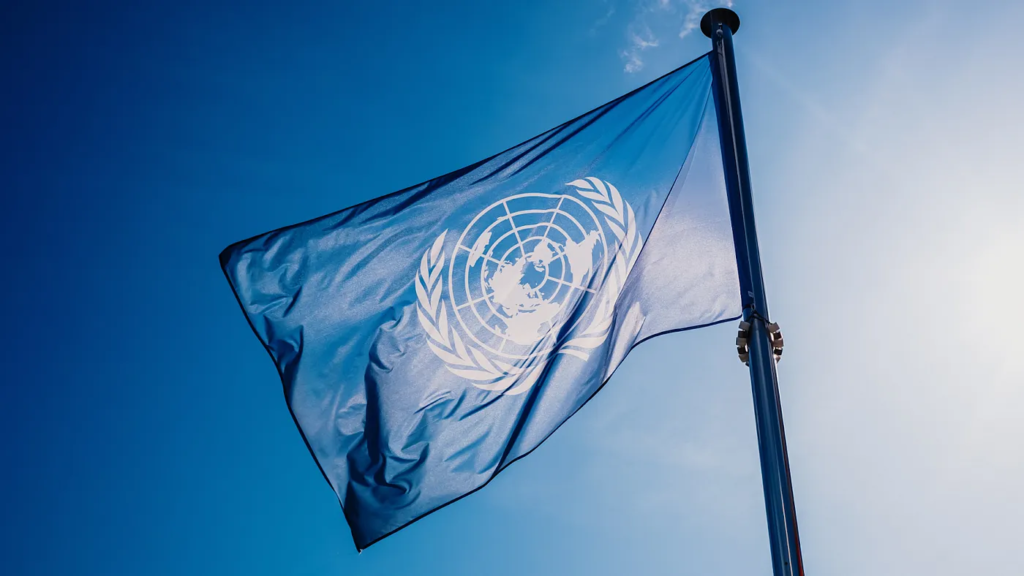Building A Sustainable Future: Unveiling the UN’s 17 Sustainable Development Goals

In 2015, against the backdrop of mounting global challenges, the United Nations introduced a visionary blueprint to transform our world — the 17 Sustainable Development Goals (SDGs). These goals stand as a comprehensive roadmap, guiding nations, organizations, and individuals in a concerted effort to foster a more equitable, sustainable, and prosperous world by 2030. Let’s dive into the origins, significance, and real-world applications of these transformative aspirations, each uniquely designed to address a range of interconnected global issues.
A Glimpse into the Past: Millennium Development Goals (MDGs)
Before the SDGs, the Millennium Development Goals (MDGs) played a significant role in shaping the global development agenda. Introduced in 2000, the MDGs focused on key areas such as poverty, health, education, and gender equality. However, as the world evolved, it became evident that these goals were insufficient in addressing the complex interplay of social, economic, and environmental challenges that humanity faced.
Introducing the 17 Sustainable Development Goals
The SDGs emerged as a response to the limitations of the MDGs, aiming for a more comprehensive and interconnected approach to sustainable development. The 17 SDGs encompass a wide range of dimensions, recognizing that progress in one area can influence outcomes in others. Let’s take a look at each of these goals:
- No Poverty: End poverty in all its forms everywhere.
- Zero Hunger: Achieve food security, improve nutrition, and promote sustainable agriculture.
- Good Health and Well-Being: Ensure healthy lives and well-being for all ages.
- Quality Education: Ensure inclusive and equitable quality education for all.
- Gender Equality: Achieve gender equality and empower all women and girls.
- Clean Water and Sanitation: Ensure availability and sustainable management of water and sanitation.
- Affordable and Clean Energy: Ensure access to affordable, reliable, sustainable, and modern energy.
- Decent Work and Economic Growth: Promote sustained, inclusive, and sustainable economic growth and decent work.
- Industry, Innovation, and Infrastructure: Build resilient infrastructure, promote inclusive and sustainable industrialization.
- Reduced Inequality: Reduce inequality within and among countries.
- Sustainable Cities and Communities: Make cities inclusive, safe, resilient, and sustainable.
- Responsible Consumption and Production: Ensure sustainable consumption and production patterns.
- Climate Action: Take urgent action to combat climate change and its impacts.
- Life Below Water: Conserve and sustainably use the oceans, seas, and marine resources.
- Life on Land: Protect, restore, and promote sustainable use of terrestrial ecosystems.
- Peace, Justice, and Strong Institutions: Promote peaceful and inclusive societies for sustainable development.
- Partnerships for the Goals: Strengthen the means of implementation and revitalize the global partnership for sustainable development.
How the SDGs Work:
The SDGs are more than a mere checklist; they’re a holistic framework that encompasses economic, social, and environmental dimensions. These goals are interconnected, recognizing that addressing one challenge can lead to positive outcomes in other areas. For instance, ensuring access to quality education (Goal 4) can break the cycle of poverty (Goal 1) and foster economic growth (Goal 8).
The Promise of the SDGs:
Enacting the SDGs holds the potential to usher in a new era of global collaboration and progress. By aligning policies, initiative, and investments with these goals, nations can work towards a harmonious balance between people, planet, and prosperity. As governments, businesses, civil society, and individuals rally together, the following befits can be expected:
- Eradicating Poverty: The commitment to ending poverty addresses the root causes of inequality, creating a world where all individuals have access to basic necessities and opportunities for growth.
- Ensuring Sustainability: The focus on clean energy, responsible consumption, and climate action contributes to a healthier planet for current and future generations.
- Promoting Equality: Gender equality and reduced inequalities work towards building inclusive societies that empower all individuals, regardless of their background.
- Advancing Education: Quality education equips individuals with the skills and knowledge needed to thrive in an increasingly complex world.
- Fostering Peace and Justice: By strengthening institutions and promoting peaceful coexistence, the SDGs lay the foundation for stability and social harmony.
The Future: A Call for Collective Action
The journey towards achieving the SDGs is a shared responsibility that spans nations, industries, and communities. Governments must integrate the goals into their policies, businesses should align their strategies with sustainable practices, and individuals can contribute through conscious consumption and advocacy.
In the years ahead, the UN envisions a world where the 17 SDGs have translated into measurable progress, improved livelihoods, and a more balanced relationship between humanity and the environment. With continued commitment and concerted efforts, we can pave the way for a brighter future where social, economic, and environmental well-being care harmonized.
Conclusion: The 17 Sustainable Development Goals represent a profound commitment to transforming our world for the better. Beyond being a roadmap, they are a call to action — a global pact to address the pressing challenges that affect us all. From eradicating poverty to fostering sustainability, gender equality and beyond, the SDGs hold the promise of more inclusive, prosperous, and harmonious future. As we collectively embark on this journey, let’s remember that our individual efforts, combined with global collaboration have the power to shape a world where every individual can thrive and where our planet can flourish.


